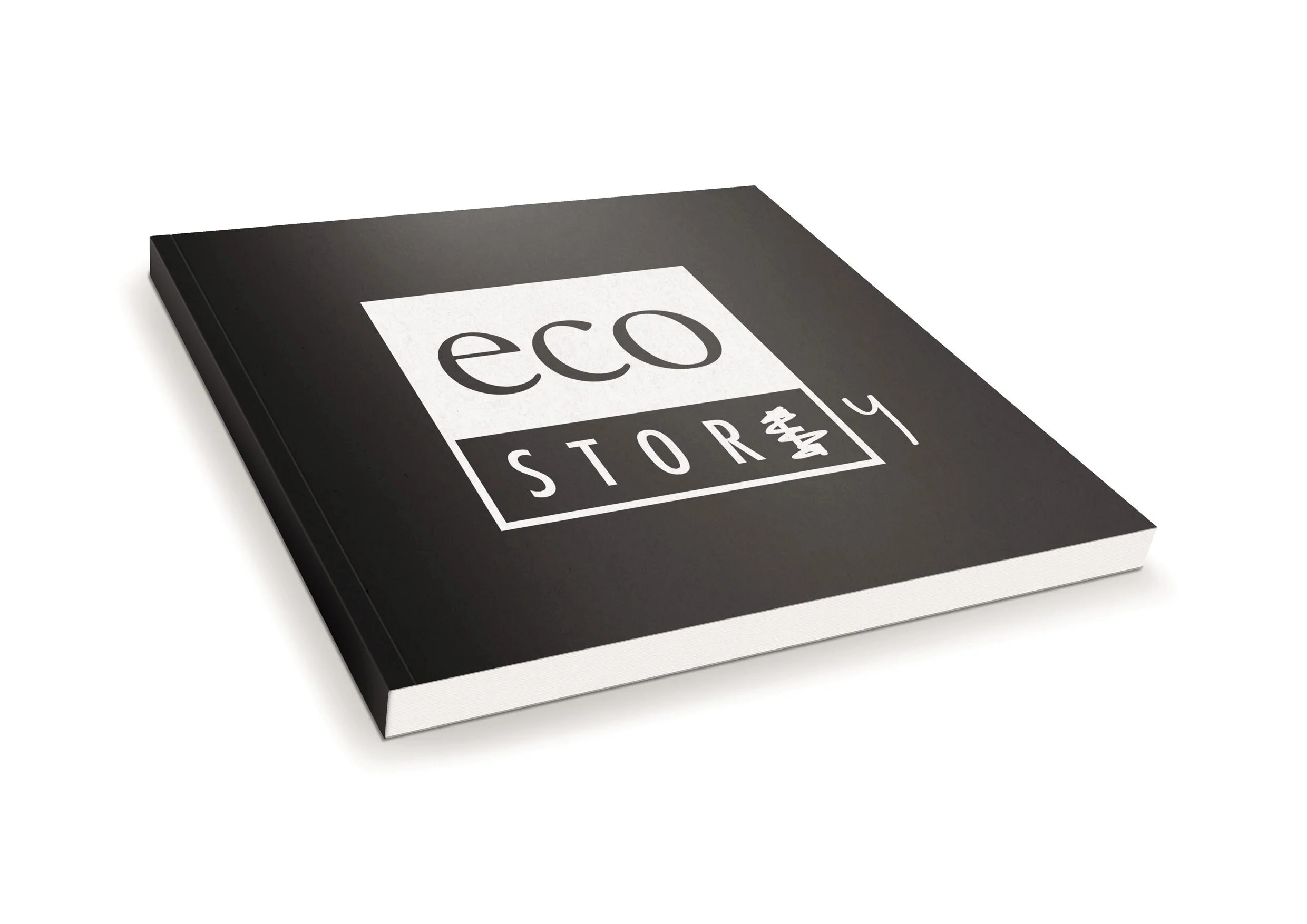World Vision
The Situation:
World Vision is the oldest, largest, most trusted aid agency in NZ, part of the world’s leading independent global network, and at the time had income of $74M, and staff of 100 in NZ. With global best practice in the field, World Vision uses systems-based design principles to build self-sustainability in the most vulnerable of communities around the world. The market-facing side was just the opposite. Products and services to secure donations and funding was woefully out-of-date, and the ‘broker-in-the-middle’ organisational model, unchanged for over 30 years, was in desperate need of an overhaul.
The Transformation:
Recruited in through the Board, Melissa took World Vision through a 3 year in-depth organisation-wide transformation journey to overhaul and strategically pivot their model end-to-end. The intent was for this to be the new future blueprint for global roll out. Melissa was immersed in the organisation, leading an appointed team of ‘transformers’ and design experts (including the wonderful Geoff and Hudson from Thoughtfull, whom Melissa knew from Air NZ design transformation days, as well as Mark Buntzen from The Distillery and Penny Hagen from Smallfire). She and the team undertook an end-to-end design-led process.
1. Discovery Research
Melissa and the team kick started with a review of all existing research to date, and then commenced with desk top discovery research of the ecosystem - all market, macro, contextual trends & forces validation, competition and exemplars.
In-depth qualitative research then started with Melissa and the team interviewing and observing both customer groups - the different communities World Vision serves around the world plus the various types of people who donate to World Vision (and those that don’t). This insight helped understand the real essence of the World Vision’s secret sauce and the potential hidden in plain sight. This insight was distilled down and a large scale quantitative survey was undertaken to verify the impact potential.
The third stream of discovery involved organisational operations and culture - interviewing a diverse group of staff members, mapping various organisational processes and undertaking lifecycle value chain and end to end financial analysis. The focus here was around efficiencies and effectiveness of the organisational model, as well as cultural blocks and opportunities.
2. Design & Testing Phase
All streams of insight were calibrated and distilled down and shared with all staff for reflection and generation of ideas. Ideation sessions were run, 170 concepts were developed up and then distilled down into three core ‘mother’ design solutions. These were further built up by the team and then developed up as prototypes over three rounds of market validation testing with customers, culminating in live market testing.
Live market testing involved testing live with both sets of customers - donors as well as field communities so as to understand the full value chain effect.
The essence of the design solutions was a blueprint for a future business model which, at its core, was a new Digi portal platform model that not only provided a direct authentic connection between donor and recipient community, but was a low cost, scalable model for international roll out. Most importantly, it honoured the agency of the communities themselves and championed the incredible aid work World Vision staff do in the field.
3. Strategy & Organisational Blueprint
Alongside this, Melissa designed a new strategic direction, refined World Vision’s purpose “Empowering Communities, Transforming Lives” and values, and rolled everything through into a new organisational blueprint - built a new branded identity and market expression, overturned the monetisation model for sustainable revenue growth, and built a future proofed and scalable operating model that reflected lean thinking business principles (technology, systems & processes, leadership and people capability, governance and BI).
4. Capability Building
Throughout the entire process, Melissa also worked to build up leadership and organisational capability in design thinking, customer-led ways of working, insight-driven strategies, and needs-based innovation.
The Result:
25%+ more field impact (profit equivalent), improved staff engagement, significantly improved experience for donors, and reduced market brand risk. The new Digi portal platform model was held as case study planned for World Vision global adoption, and at the time of Melissa’s leaving, was being stress-tested in Tanzania, Afghanistan, South Sudan, Cambodia and Solomon Islands. In terms of upskilling, several of her team have gone on to work as design-led practitioners on transformation projects in other industries.
“Melissa’s expertise in design-led thinking is outstanding. Able to work with complexity, she is challenging, rigorous and super strategic. She has an incisive understanding of how an organisation functions and its unrealised potential. Her process and approach was revelatory for me. I learnt that the way I thought the organisation worked and delivered value was not correct. Both the challenge facing us and the opportunity, if we got it right, were bigger. We can be blind-sided by or just plain unaware of what is invisible to us. Her perspective and process brought this into sharp focus. Melissa operations at the top of her craft, and with the upmost integrity.”
— Dr Sandy Calister, Board member World Vision
“Melissa is quite simply a world class design practitioner. Her work at World Vision has been critical to exposing core challenges and providing a clear and strategic way forward. I'm consistently impressed with Melissa's ability to balance strategic and commercial demands within environments that are robust and rapidly evolving.”
— Abraham Gibson, Board Member World Vision












